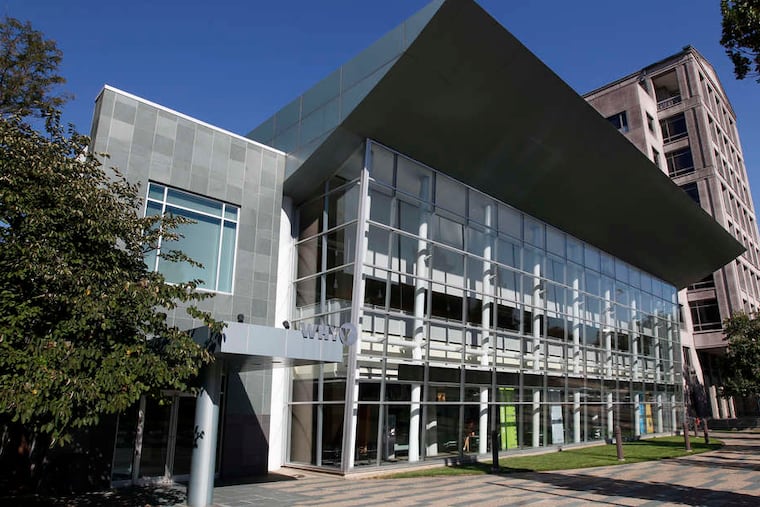Philly’s WHYY holding steady as National Public Radio endures furloughs
The radio audience of the public media organization is recovering after a steep decline in April when the economy shut down because of COVID-19.

The radio audience of the public media organization is recovering after a steep decline in April when the economy shut down because of COVID-19.
